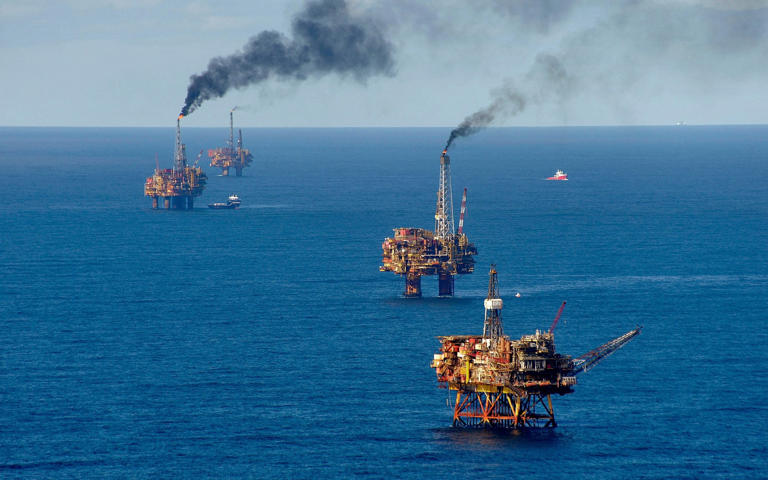North Sea energy companies are facing stringent regulations that could compel them to shutter existing oil and gas fields or forego the development of new rigs unless they significantly reduce their emissions. Presently, over 280 platforms extracting oil and gas from UK waters collectively contribute approximately 3% of the nation’s total emissions, equating to around 17 million tonnes of CO2 annually. Despite this significant carbon footprint, North Sea oil and gas fields meet approximately half of the UK’s energy demands.
The North Sea Transition Authority (NSTA), responsible for regulating the offshore sector, has issued directives to oil and gas producers mandating the conversion of platforms to operate on green electricity or low-carbon fuels. According to NSTA’s guidelines, all new developments initiated before 2030 must be engineered to run on electricity, while those commenced thereafter must be fully electrified from the outset.
However, critics argue that these new requirements could deal a fatal blow to many older platforms operating in British waters, some of which date back to the 1970s or 1980s and would incur exorbitant costs for decarbonization. Decarbonization efforts for these platforms could entail running power cables from the shore or installing wind farms in proximity to each platform.
Stuart Payne, Chief Executive of NSTA, emphasized the necessity of potentially closing low-producing, high-polluting installations prematurely to facilitate the introduction of newer, higher-producing, and cleaner assets. He emphasized that energy production, emissions reduction, and expediting the energy transition are central to NSTA’s objectives.
A pivotal component of the NSTA’s strategy is to eliminate flaring, a practice where offshore operators burn or vent methane gas. The decision to eradicate flaring is in response to alarming revelations that UK offshore operators flared a staggering 651 million cubic meters of methane gas in 2022, as per NSTA data disclosed by The Telegraph. Flaring is deemed unacceptable due to its release of CO2 and unburned methane, both potent greenhouse gases, with methane being approximately 80 times more potent than CO2. Notable companies such as TotalEnergies, Taqa, and the China National Offshore Oil Corporation (CNOOC) have been implicated in significant flaring activities, prompting a concerted effort to phase out this environmentally harmful practice in accordance with UK policy objectives.
The NSTA has set a firm deadline for the cessation of all flaring activities by 2030, acknowledging the progress made thus far in reducing industry flaring volumes by approximately 50% since 2018. Despite recognizing that some flaring may be necessary for safety and operational reasons, the NSTA has emphasized the imperative of further efforts to curtail wasteful flaring of gas and expects ongoing reductions in flaring volumes.
Under the new plan outlined by the NSTA, electrification and low-carbon power initiatives are positioned as central strategies for emissions reduction. The authority has underscored that where electrification is deemed feasible but not implemented, there should be no presumption of approval for field development plans that grant access to future hydrocarbon resources in the respective asset.
Moreover, the NSTA has pledged to implement the plan in a judicious manner, striving to mitigate any unintended consequences that may arise from its enforcement. Mark Wilson, Operations Director of Offshore Energies UK, affirmed the commitment of the UK offshore energy sector to achieving decarbonization targets. He highlighted the sector’s significant progress in reducing emissions by 24% since 2018, accompanied by a notable 45% reduction in methane from flaring and venting over the same period. Wilson emphasized the sector’s recognition of the necessity for continued investment to drive future decarbonization efforts effectively.
